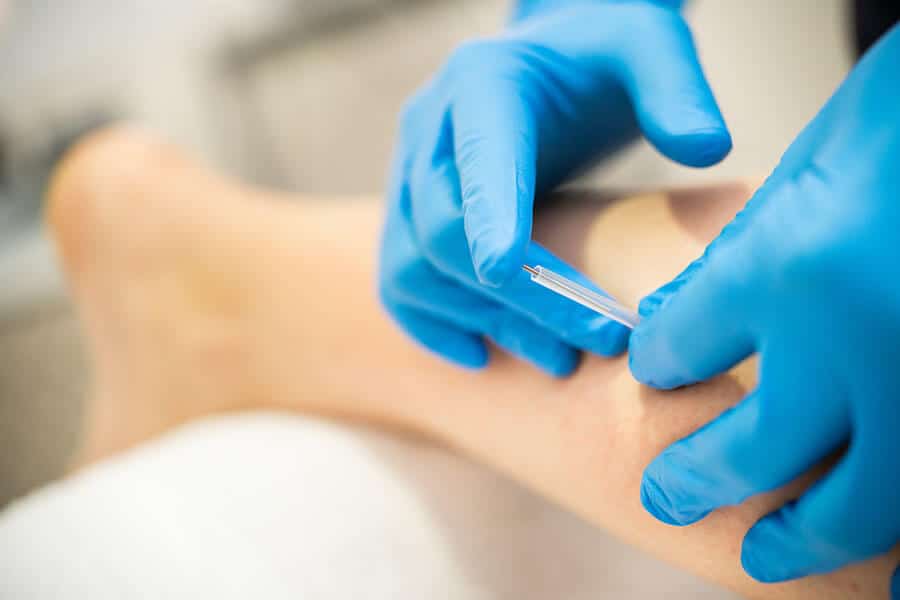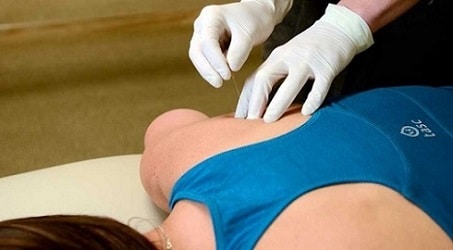Dry Needling is a technique used for the treatment of muscular pain and myofascial dysfunction. It involves the insertion of very fine needles into the soft tissues of the affected area with the purpose of relieving pain and improving muscle function. Its therapeutic effect aims to relax overactive muscles and resolve trigger points. It is termed ‘Dry’ as it does not involve the injection of any substance.
Dry Needling

What is Dry Needling?
How does it work?
Dry needling helps relieve muscle tension and pain by clearing trigger points. Trigger points are irritable spots located in the soft tissues (fascia and muscles). They are often termed ‘knots’ and are an identifiable source of pain. When these points are ‘released’, it helps reduce pain and associated dysfunction.
Is dry needling the same as Acupuncture?
No. Dry needling is a treatment approach based on Western anatomical and neurophysiological principles, whereas acupuncture is part of traditional Chinese medicine. Similarly to dry needling, Acupuncture involves the insertion of needles however focuses on the flow of energy ‘Qi’ in the body. It is based on the belief that health is determined by a balance flow of energy which is present in all living things. This ‘Qi’ or energy is believed to circulate along 12 major pathways called meridians. Acupuncturists’ insert needles into meridian points to assist with redirecting the flow of energy with the goal of reducing pain.
Does dry needling hurt?
Dry needling can be uncomfortable, especially if you are trying it for the first time. The aim of dry needling is to get a ‘twitch’ response in the targeted muscle to help release the trigger point. This twitch can be uncomfortable as it can feel like a throb or a cramp, however, it usually only lasts for a few seconds. This technique should provide relief as it causes reflexive relaxation
What conditions does it help?

Dry needling can help with conditions including:
- Headaches
- Neck pain
- Shoulder pain
- Lower back pain
- Tendonitis
- And many other sports and musculoskeletal injuries!